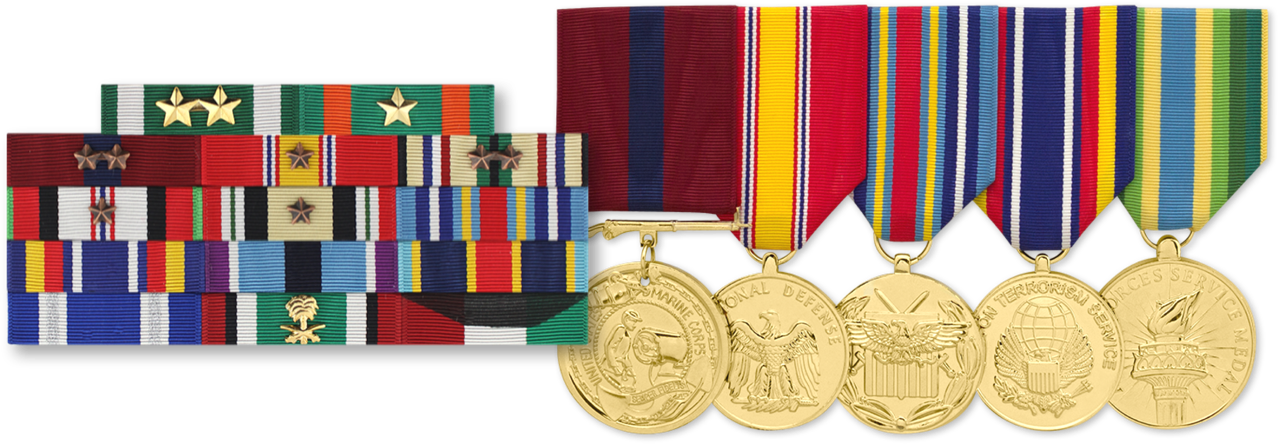| National Factbook |
| Flag: |

|
| Nation Name: |
Acanadian |
| Leader Name: |
Cjfly |
| Currency: |

Roman Denarius |
| National Animal: |

Bald eagle |
| History: |
In 1841, on the advice of Lord Durham, the Union Act took effect, uniting Upper and Lower Canada into the Province of Canada. Upper Canada was renamed Canada West and Lower Canada was renamed Canada East. The union put the French of Quebec in a minority, and ultimately proved unworkable. At the time of the union, Upper Canada’s population was about 450,000. Kingston was the capital of the Province of Canada until 1843 when legislation was passed moving the capital to Montreal.
A railway boom in the 1850s made year-round transportation routes a reality, though the boom abruptly ended in 1857. When the American Civil War started in 1861, the population of Canada West was about 1.5 million.
In 1867, Ontario and Quebec again became separate provinces when they joined with Nova Scotia and New Brunswick to form a federal union, the Dominion of Canada, as declared in the British North America Act. The new nation’s capital was Ottawa, an Ontario town on the Quebec border, and the first prime minister was Sir John A. Macdonald. |
| Geography |
| Continent: |
Africa |
| Land Area: |
267,110.21 sq. km |
| Terrain: |
mostly plains with mountains in west and lowlands in southeast |
| Highest Peak: |
Mount Logan,
6 meters
|
| Lowest Valley: |
,
0 meters
|
| Climate: |
|
| People & Society |
| Population: |
18,010,468 people |
| Demonym: |
|
| Demonym Plural: |
|
| Ethnic Groups: |
Canadian - 32.2%
English - 19.8% |
| Languages: |
English - 58.7%
French - 22.0% |
| Religions: |
Catholic - 40.6%
Roman Catholic - 38.8% |
| Health |
| Life Expectancy: |
82 years |
| Obesity: |
26.2% |
| Alcohol Users: |
0% |
| Tobacco Users: |
0% |
| Cannabis Users: |
0% |
| Hard Drug Users: |
0% |
| Economy |
| Description: |
As a high-tech industrial society in the trillion-dollar class, Canada resembles the US in its market-oriented economic system, pattern of production, and high living standards. Since World War II, the impressive growth of the manufacturing, mining, and service sectors has transformed the nation from a largely rural economy into one primarily industrial and urban. The 1989 US-Canada Free Trade Agreement (FTA) and the 1994 North American Free Trade Agreement (NAFTA) (which includes Mexico) touched off a dramatic increase in trade and economic integration with the US, its principal trading partner. Canada enjoys a substantial trade surplus with the US, which absorbs about three-fourths of Canadian merchandise exports each year. Canada is the US's largest foreign supplier of energy, including oil, gas, uranium, and electric power. Given its abundant natural resources, highly skilled labor force, and modern capital plant, Canada enjoyed solid economic growth from 1993 through 2007. Buffeted by the global economic crisis, the economy dropped into a sharp recession in the final months of 2008, and Ottawa posted its first fiscal deficit in 2009 after 12 years of surplus. Canada's major banks, however, emerged from the financial crisis of 2008-09 among the strongest in the world, owing to the financial sector's tradition of conservative lending practices and strong capitalization. Canada achieved marginal growth in 2010-13 and plans to balance the budget by 2015. In addition, the country's petroleum sector is rapidly expanding, because Alberta's oil sands significantly boosted Canada's proven oil reserves. Canada now ranks third in the world in proved oil reserves behind Saudi Arabia and Venezuela. |
| Average Yearly Income: |
$165.54 |
| Gross Domestic Product (GDP): |
$24,665,130,000.00 |
| GDP per Capita: |
$1,369.49 |
| Gross National Income (GNI): |
$16,884,841,965.00 |
| Industries: |
transportation equipment, chemicals, processed and unprocessed minerals, food products, wood and paper products, fish products, petroleum, natural gas |
| Military |
| History: |
Military branches:
Canadian Forces: Canadian Army, Royal Canadian Navy, Royal Canadian Air Force, Canada Command (homeland security) (2011)
Military service age and obligation:
17 years of age for voluntary male and female military service (with parental consent); 16 years of age for Reserve and Military College applicants; Canadian citizenship or permanent residence status required; maximum 34 years of age; service obligation 3-9 years |
| Soldiers: |
615,000 |
| Tanks: |
51,250 |
| Aircraft: |
3,075 |
| Ships: |
625 |
| Missiles: |
3 |
| Nuclear Weapons: |
11 |
| Last Updated: 10/16/2016 06:39 pm |






















